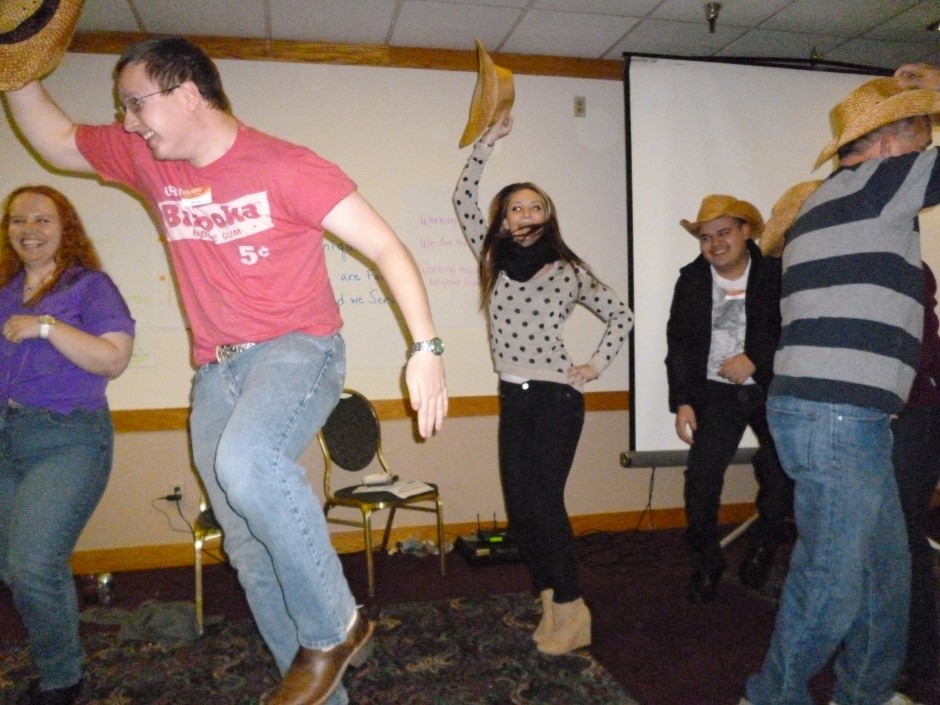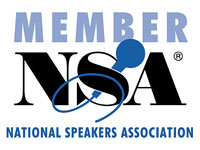Motivational Keynote Speaker
Leadership & Team Building Expert
Author of It Takes 4 To Tango
816-304-9933
Employee Recognition is Key!
By Candy Whirley on July 8, 2014

This pic is from an employee recognition event…and we ARE having a dance contest!
While speaking at the 2014 Annual SHRM Conference this June in Orlando, FL I noticed a session going on that had STANDING ROOM ONLY…I looked at the title of the session….Trends and Preferences in Employee Recognition…Hmmmmmmm
Recognition of small achievements and successes during an organization’s change is important and necessary to ensure the promise of success of the organization. Recognition includes incentives that are appropriate, equitable, and timely. According to Bob Nelson’s 1001 Way To Reward Your Employees, www.nelson-motivation.com “Three main ideas have to be followed before motivating your employees: 1) Know your employees, 2) Match the incentive with the job done, 3) Make sure the reward is timely and specific” (Nelson, 2001). Additionally, authors Smith and Mourier comment, “Align reward systems to support implementation. By reward systems, we mean both formal programs such as individual pay treatment, bonuses and financial incentives, annual performance and promotional ratings; and informal ways of recognizing contribution, such as congratulatory notes, preference in work assignments or locations, and use of the latest equipment” (Smith et al, 1999).
There is a need for leaders to understand that money is not the main motivator for staff. In my Creativity Boot Camp for Leaders workshops I am constantly amazed at how little leaders know about motivation and what truly motivates their employees.
Employees are usually motivated by intrinsic motivators more than extrinsic motivators. Intrinsic motivation is defined as, “The motivation or desire to do something based on the enjoyment of the behavior itself rather than relying on or requiring external reinforcement.” The definition of extrinsic motivation is, “The desire or push to perform a certain behavior based on the potential external rewards that may be received as a result” (Google, retrieved 2006). Bottom-line, intrinsic motivators are long-term, extrinsic motivators are for the short-term, instant gratification. I believe there is room for both types of motivation however; leaders need to understand the differences between the two desired motivators.
Change is difficult for any organization large or small, 300 employees or 5,000 employees. Leaders must understand their people, understand what truly motivates them, and remember to reward the small milestones as well the momentous ones.
What motivates you the most?


